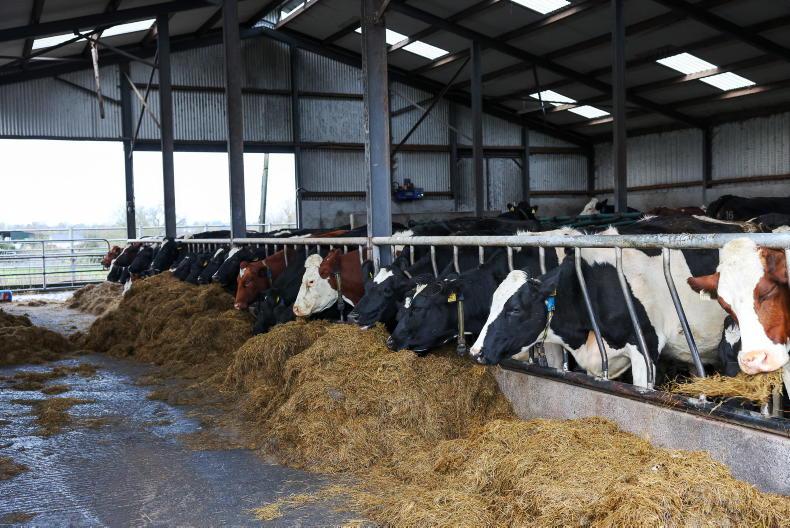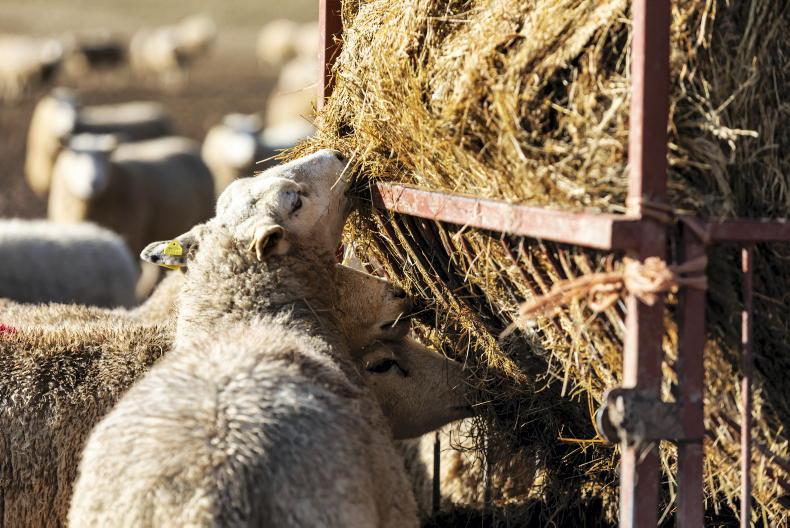Weanling performance
Weanling performance is generally below where it should be over winter months on a lot of suckler beef farms. Lost weight gain during the first winter is hard to make up and will result in delays in finishing times for these animals in 2024 and beyond. If weanlings are being kept on to graze in 2024, target performance should be somewhere between 0.5-0.7kg/day depending on your system and type of animals. Lying space is important, aim for about 2.5m² for weanlings between 300-400kg.
Check the feeding space and that all animals can feed at the barrier with ease. Check the drinkers are working properly and that there is a clean supply of water going to each pen.
Reduced ventilation and air movement can increase the disease burden in the shed and increase pneumonia incidence which again will reduce performance. If problems have occurred in the past, talk to your vet about a suitable vaccination programme. Have a plan regarding fluke, worm and lice control and make sure you follow up with any treatments necessary. Clipping backs can help with lice control. Finally, make sure you have the diet right. If you haven’t done so – get your silage tested and feed concentrates according to your silage results. The table outlines the feeding levels required to achieve a weight gain of between 0.5-0.7kg/day.
Aim for a simple mix with a high percentage of cereal and a good protein source e.g. soya bean meal. Target protein percentage should be 15-16%. Targeting a gain of 0.5-0.7kg/day will ensure that animals perform to their potential but yet still have the potential for compensatory growth when turned back outdoors next spring. It’s a good idea to weigh weanlings at the start of the housing period and weigh again at turnout to see if you have hit targets?
Suckler Carbon Efficiency Programme (SCEP)
The number of animals to be genotyped each year is at least equivalent to 70% of the beneficiary’s “yearly reference number” (rounded down to the nearest animal). For example, an applicant with a yearly reference of 10 must have sufficient animals to genotype seven females, calves or eligible bulls, without repetition of animals genotyped under the programme to date.
All genomic samples must be returned by 30 November in each year of the scheme. ICBF says it will not accept genomic samples after this date. Make sure all samples are returned to ensure that you get your SCEP payment in December 2023. If a selected animal has died or is sold and you have a tag for them, you need to contact ICBF to request a test kit for a substitute animal.









SHARING OPTIONS